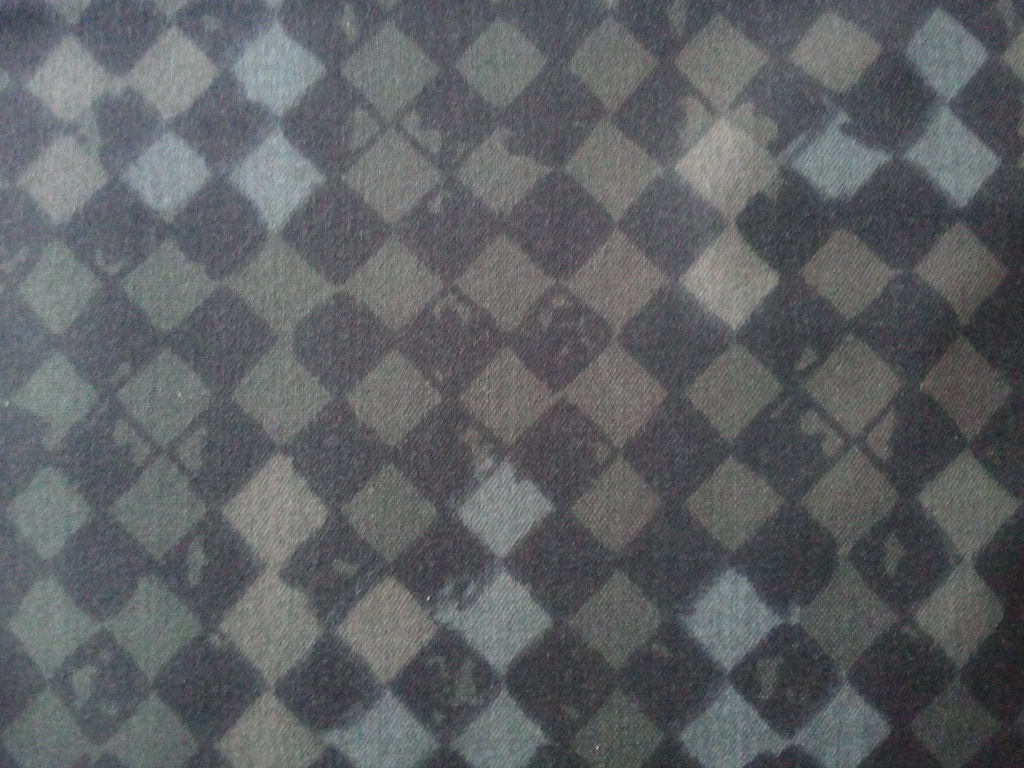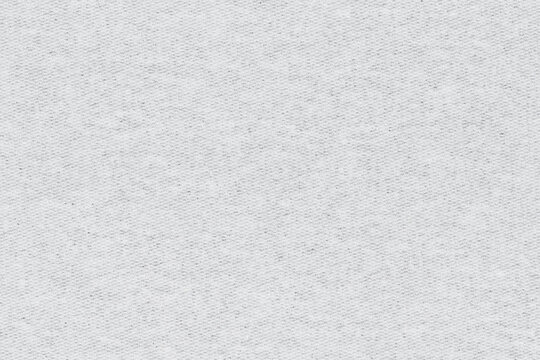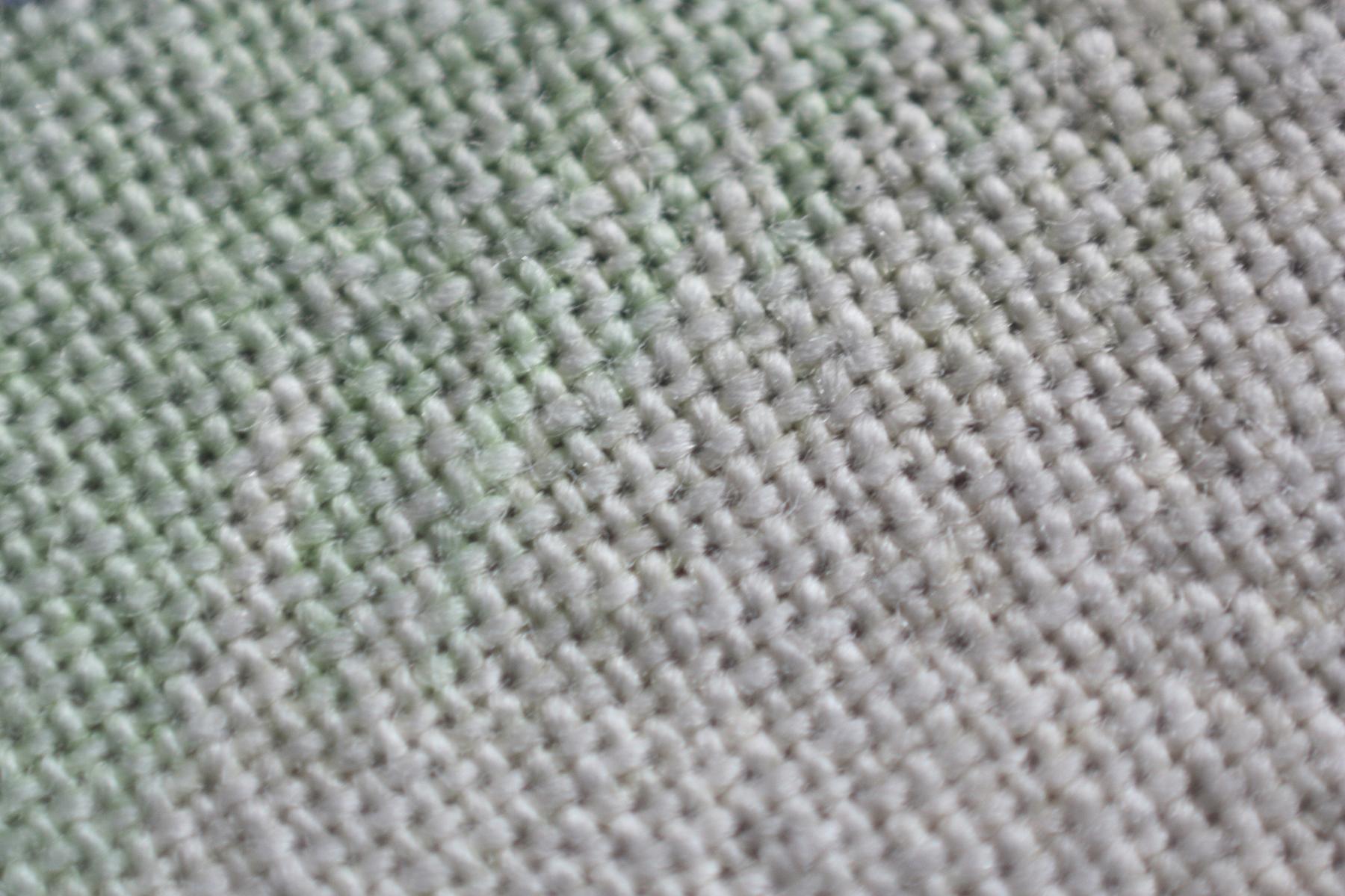As we step into a new era of interior design, there’s one element that has always been a staple: textile fibers. From the plush carpets underfoot to the cozy blankets draped over the couch, these fibers play a vital role in creating a welcoming and comfortable space. But did you know that they can do so much more? In this blog post, we’ll explore the power of textile fibers in interior design and how they can transform your space in ways you never imagined. Get ready to be inspired by the versatility of these humble materials and discover new ways to elevate your home décor game!

Understanding the Importance of Textile Fibers in Interior Design
Textile fibers play a crucial role in interior design. They are not only used for their aesthetic appeal but also for their functional properties. Choosing the right textile fibers can make or break your interior decor project. The type of fiber you choose will determine the durability, texture, and overall quality of your finished product.
Natural fibers such as cotton, wool, and silk are popular choices due to their durability and versatility. They are also eco-friendly and sustainable options. Synthetic fibers like polyester and nylon are known for their strength and resistance to wear and tear. However, they may not be as breathable or environmentally friendly as natural fibers.
Understanding the properties of different textile fibers is essential in creating a cohesive interior design scheme. The right choice of fiber can add warmth, texture, and depth to a space while also serving practical purposes such as insulation or soundproofing. In short, textile fibers are an integral part of interior design that should not be overlooked.

How to Choose the Best Textile Fibers for Your Interior Decor Projects
When choosing the best textile fibers for your interior decor project, it’s important to consider both aesthetics and functionality. Durability is an essential factor to take into account, particularly if you’re planning on using the pieces frequently or in high-traffic areas. Fabrics like wool and linen are known for their sturdiness and ability to withstand wear and tear. On the other hand, if you’re looking for a luxurious feel, softness may be a priority. Options like silk and cashmere offer unparalleled comfort but come with higher price tags.
Additionally, you should also think about color schemes and patterns that fit your overall vision for your space. Textile fibers can be used in everything from curtains to accent pillows to wall hangings – so explore different options until you find something that works perfectly with what you have in mind!

The Versatility of Textile Fibers in Interior Design: A Comprehensive Guide
Textile fibers are incredibly versatile and can be used in a variety of ways to enhance the look and feel of any interior space. From soft and cozy wool to sleek and modern polyester, there are countless options to choose from. Natural textile fibers like cotton, linen, and silk offer a timeless appeal, while synthetic fibers like nylon and acrylic can provide durability and easy maintenance.
When it comes to incorporating textile fibers into your interior design, the possibilities are endless. You can use them for everything from curtains and upholstery to rugs and wall hangings. Textile fibers can also be used to add texture and depth to a space, whether through a chunky knit throw or a woven tapestry.
One of the most exciting things about textile fibers is their ability to be transformed into unique shapes and forms. Yarns can be woven or knitted into intricate patterns, while fabric can be manipulated through techniques like pleating or smocking. By playing with different textures and materials, you can create a truly one-of-a-kind look for your home.
Whether you prefer a classic or contemporary style, there is sure to be a textile fiber that fits your aesthetic. With so many options available, it’s easy to experiment with different materials until you find the perfect fit for your space.

From Classic to Contemporary: Incorporating Textile Fibers into Your Home Decor Style
Incorporating textile fibers into your home decor style can add warmth, texture, and visual interest to any space. From classic to contemporary, there are countless ways to use textiles in your interior design. For a traditional look, consider using richly patterned fabrics like damask or brocade for curtains or upholstery. For a more modern feel, opt for sleek and simple textiles like linen or cotton in neutral colors. Don’t be afraid to mix and match different textures and patterns to create a layered and dynamic look. Adding textile fiber accents like throw pillows or blankets can also be an easy way to update your decor without breaking the bank. Experiment with different combinations until you find the perfect balance for your space.

The Sustainable Benefits of Using Natural Textile Fibers in Interior Design
Natural textile fibers are not only beautiful and versatile, but they also offer a sustainable option for interior design. Choosing natural fibers like cotton, wool, silk, and linen can reduce the environmental impact of your decor choices. These fibers are biodegradable and renewable, making them an eco-friendly choice. Additionally, natural fibers are often hypoallergenic and breathable, making them ideal for home textiles like bedding and curtains. Organic cotton is a particularly sustainable option as it is grown without harmful pesticides or fertilizers. Wool is another great choice as it is naturally flame-resistant and insulating. When shopping for natural fiber products, look for certifications like GOTS (Global Organic Textile Standard) or OEKO-TEX Standard 100 to ensure that they meet strict environmental and social standards. By incorporating natural textile fibers into your interior design, you can create a beautiful and sustainable space that reflects your values.

Breaking Down Common Misconceptions About Synthetic and Artificial Textile Fibers
Synthetic and artificial textile fibers have been given a bad reputation for being harmful to the environment. However, it’s important to note that not all synthetic fibers are created equal. Some, like polyester, can be recycled and repurposed. Additionally, synthetic fibers can have benefits such as durability and resistance to wrinkles and stains.
On the other hand, natural textile fibers like cotton and wool may seem like the obvious choice for eco-conscious consumers. However, the production of these fibers can also have negative impacts on the environment if not produced sustainably. It’s important to do research on the specific type of fiber and its production process before making a decision.
Ultimately, it’s about finding a balance between sustainability and functionality when it comes to choosing textile fibers for interior design projects. Don’t be afraid to mix and match different types of fibers to achieve your desired look while also being mindful of their impact on the environment.

Innovative Ways to Use Recycled and Upcycled Textile Fibers in Modern Interiors
Recycled textile fibers are a great way to add unique and eco-friendly touches to your interior design. One innovative way to use recycled fibers is by creating textile art pieces such as wall hangings or tapestries. These pieces can be made from a variety of recycled materials such as old clothing, fabric scraps, or even discarded plastic bags. Another creative way to incorporate recycled fibers is by using them in upholstery for furniture pieces. Recycled fibers can be woven into durable and stylish fabrics that are perfect for chairs, sofas, and ottomans. By using recycled textile fibers in your interior design projects, you not only reduce waste but also add a one-of-a-kind touch to your space.
Playing with Texture: Enhancing your Space with Different Types of Textiles and Yarns
The Versatility of Textile Fibers: Exploring Different Types of Yarns
When it comes to enhancing your space with textile fibers, exploring different types of yarns can make a big difference. Texture and color are two key elements that can transform a room, and different types of yarns offer a wide range of options. From chunky wool to delicate silk, each type of yarn has its own unique texture and feel. Cotton and linen yarns offer a more natural look, while synthetic blends can provide durability and easy maintenance. Don’t be afraid to mix and match different types of yarns to create a dynamic and visually interesting space.
Creating a Cozy Atmosphere: Incorporating Textile Fibers in Interior Design
Textile fibers are an excellent way to create a warm and inviting atmosphere in your home. By incorporating different types of textiles and yarns, you can add texture, depth, and dimension to any room. Consider using natural textile fibers such as wool or cotton for a soft and cozy feel or synthetic blends like microfiber for a more durable option. Layering various textures like knits, weaves, and embroidery on your furniture or adding throw pillows with tassels can make your space feel more comfortable while also making it visually appealing. With the right choice of textile fibers in interior design, you can achieve that perfect balance of style and comfort that will turn any house into a welcoming home.
The Art of Layering: Mixing and Matching Textiles for a Unique Look
When it comes to incorporating textile fibers into your interior design, layering different types of fabrics and yarns can create a unique and visually appealing look. Mixing textures such as wool, silk, and cotton can add depth and dimension to a space. Bold colors and patterns can also be layered on top of neutral fabrics for a pop of visual interest. Don’t be afraid to experiment with different combinations until you find the perfect balance. Remember to keep in mind the durability and maintenance of each fabric when selecting pieces for layering. With the right mix of textiles, you can create a cozy and inviting atmosphere in any room.
Sustainable Interior Design: Choosing Eco-Friendly Textile Fibers for Your Home
When it comes to interior design, sustainability is becoming increasingly important. Eco-friendly textile fibers are a great way to incorporate sustainability into your home decor. Look for fibers made from organic cotton, bamboo, hemp, or linen to reduce your environmental impact. These fibers are not only sustainable but also durable and easy to care for. You can also opt for recycled or upcycled fibers to give new life to old materials. By choosing eco-friendly textile fibers, you can enhance the texture of your space while also making a positive impact on the environment.

Expert Tips for Maintaining and Cleaning Your Favorite Interior Design Pieces Made withTextile Fiber
Maintaining and cleaning your favorite interior design pieces made with textile fiber is crucial to keep them looking their best for years to come. Regular cleaning can prevent dirt and dust from settling into the fibers, which can cause discoloration and damage over time.
When it comes to cleaning, it’s important to follow the care instructions provided by the manufacturer. Some fibers may require special treatment, such as dry cleaning or hand washing. Always test a small, inconspicuous area before applying any cleaning solution to the entire piece.
For maintenance, avoid placing textile fiber pieces in direct sunlight or near sources of heat, as this can cause fading and damage. Use a soft-bristled brush or vacuum with a brush attachment to remove any loose dirt or debris.
In case of spills or stains, act quickly and blot with a clean cloth or paper towel. Avoid rubbing, as this can push the stain deeper into the fibers. For tough stains, consider consulting a professional cleaner.
By following these expert tips for maintaining and cleaning your favorite interior design pieces made with textile fiber, you can ensure they remain beautiful and functional for years to come.
In conclusion, textile fibers are a vital element in interior design. They offer versatility and sustainability benefits that can elevate any space, from classic to modern decor styles. Whether you choose natural or synthetic textile fibers, it is crucial to understand their properties and how they fit into your overall vision for the space. Don’t be afraid to experiment with different textures and yarns to create unique and visually pleasing designs. With these expert tips on choosing, maintaining, and incorporating textile fibers into your interiors, you can take advantage of this powerful design tool to transform any room into an inviting and comfortable retreat.
Questions & Answers
Q.What are textile fibers?
A.Textile fibers are materials used in the production of fabrics, such as cotton, wool, silk, and polyester.
Q.Who uses textile fibers?
A.Textile fibers are used by the textile industry to create a wide range of products, including clothing, bedding, and upholstery.
Q.How are textile fibers made?
A.Textile fibers can be made through natural processes, such as growing cotton or raising sheep for wool, or through synthetic processes, such as creating polyester from petrochemicals.
Q.What are the benefits of natural textile fibers?
A.Natural textile fibers are often more breathable, durable, and biodegradable than synthetic fibers, making them a popular choice for eco-conscious consumers.
Q.What are the benefits of synthetic textile fibers?
A.Synthetic textile fibers are often cheaper to produce than natural fibers, and they can be engineered to have specific properties, such as water resistance or stretchiness.
Q.Aren’t synthetic fibers bad for the environment?
A.While some synthetic fibers are made from non-renewable resources and can take hundreds of years to decompose, many companies are working to create more sustainable options, such as recycled polyester made from plastic bottles.
